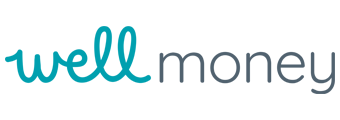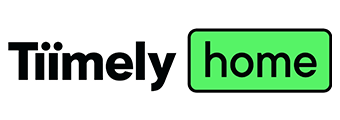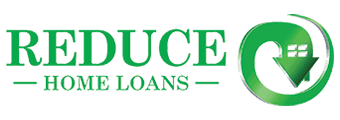Fact Checked
| Lender | Home Loan | Interest Rate | Comparison Rate* | Monthly Repayment | Repayment type | Rate Type | Offset | Redraw | Ongoing Fees | Upfront Fees | Max LVR | Lump Sum Repayment | Additional Repayments | Split Loan Option | Tags | Row Tags | Features | Link | Compare | Promoted Product | Disclosure |
|---|---|---|---|---|---|---|---|---|---|---|---|---|---|---|---|---|---|---|---|---|---|
5.74% p.a. | 5.65% p.a. | $2,915 | Principal & Interest | Variable | $0 | $0 | 80% |
| Promoted | Disclosure | |||||||||||
5.79% p.a. | 5.83% p.a. | $2,931 | Principal & Interest | Variable | $0 | $530 | 90% |
| Promoted | Disclosure | |||||||||||
6.29% p.a. | 6.47% p.a. | $3,092 | Principal & Interest | Variable | $15 | $1,325 | 55% | ||||||||||||||
5.99% p.a. | 5.99% p.a. | $2,995 | Principal & Interest | Variable | $0 | $0 | 50% | ||||||||||||||
6.16% p.a. | 6.19% p.a. | $3,049 | Principal & Interest | Variable | $0 | $635 | 60% | ||||||||||||||
5.79% p.a. | 5.80% p.a. | $2,931 | Principal & Interest | Variable | $0 | $0 | 90% | ||||||||||||||
6.13% p.a. | 6.18% p.a. | $3,040 | Principal & Interest | Variable | $0 | $721 | 80% | ||||||||||||||
6.14% p.a. | 6.14% p.a. | $3,043 | Principal & Interest | Variable | $0 | $0 | 60% | ||||||||||||||
5.74% p.a. | 5.79% p.a. | $2,915 | Principal & Interest | Variable | $null | $null | 80% | ||||||||||||||
6.74% p.a. | 7.00% p.a. | $3,240 | Principal & Interest | Variable | $0 | $995 | 70% | ||||||||||||||
5.69% p.a. | 5.95% p.a. | $2,899 | Principal & Interest | Fixed | $0 | $530 | 90% |
| Promoted | Disclosure |
Important Information and Comparison Rate Warning
Important Information and Comparison Rate Warning
Compare home loan options
Investment Home Loans
Refinancing Home Loans
Compare Investment Home Loans
Refinancing Home Loans
Fixed-Rate Home Loans
Variable-Rate Home Loans
Interest-Only Home Loans
Construction Loans
Green Home Loans
Offset Home Loans
Big 4 Home Loan Rates
Customer-Owned Bank Home Loans
5% Deposit Home Loans
Low Doc Home Loans










